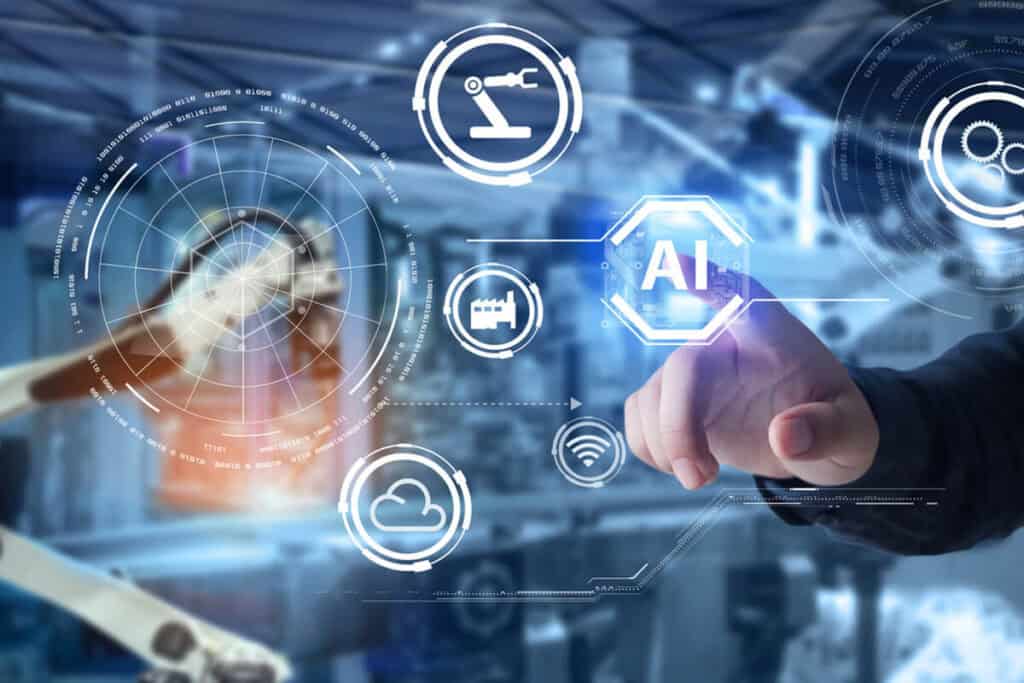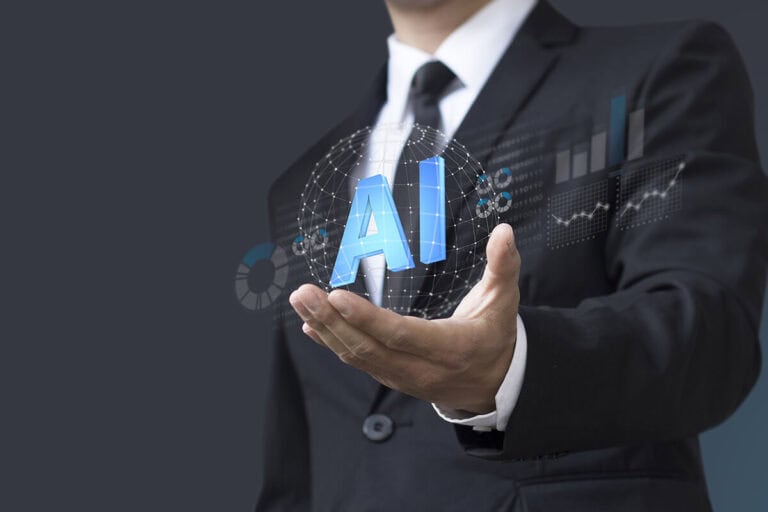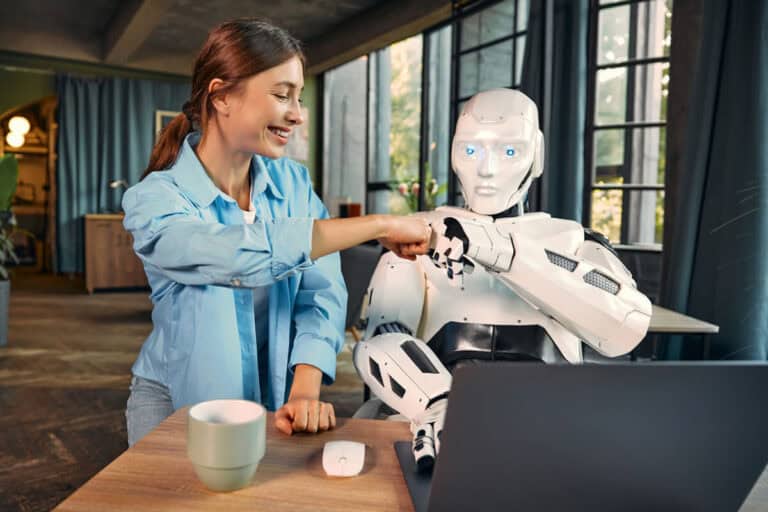Key Highlights
- Automated intelligence vs artificial intelligence, is a common question involving two distinct concepts, although they are often used interchangeably.
- Automation focuses on performing repetitive tasks through pre-defined rules, while AI aims to mimic human intelligence and perform tasks that typically require human thinking.
- AI adds an element of intelligence to automation, allowing for a broader range of tasks and the ability to adapt based on new data and experiences.
- Intelligent automation combines both automation and AI, enhancing productivity and efficiency in business operations.
- Businesses can adopt AI and automation by identifying opportunities for implementation and taking steps to integrate these technologies successfully.
- The future of work will be shaped by the integration of AI and automation, with advancements in customer service chatbots and human interaction.
Table of Contents
Toggle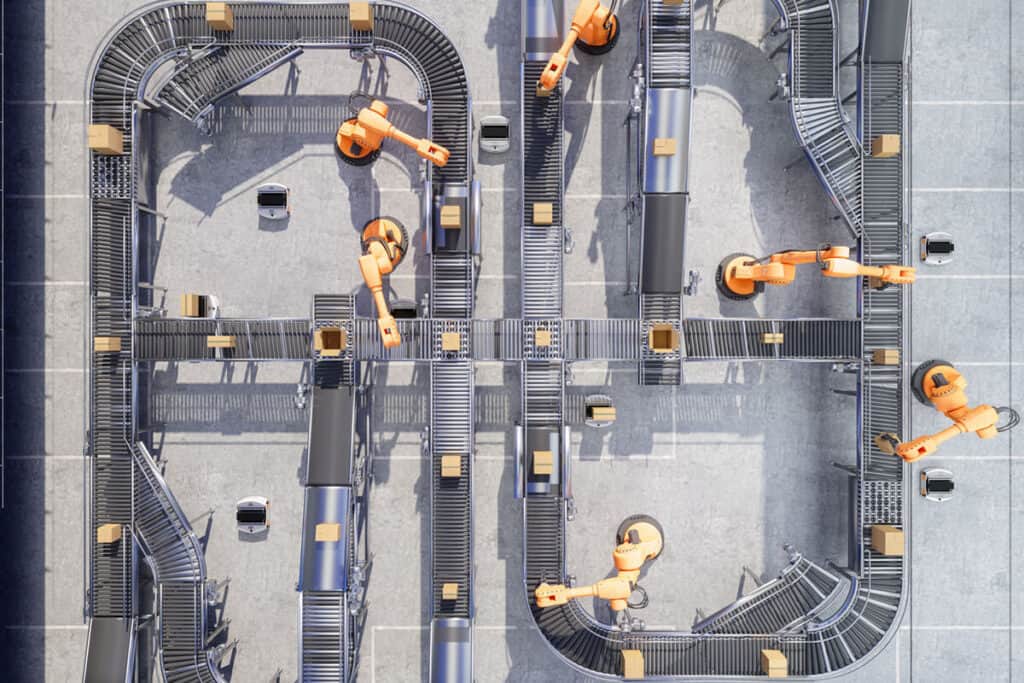
Introduction
Automated intelligence vs artificial intelligence, these are terms that often create confusion due to their similar-sounding names and overlapping functions. However, it is important to understand the differences between these two concepts to effectively leverage their capabilities in business operations.
Many companies have already embraced automation for its ability to perform tasks at high speeds and with a high degree of accuracy. Automation involves setting up robots to follow pre-defined rules and perform repetitive tasks. It frees humans from monotonous and error-prone activities, allowing them to focus on more critical and creative thinking.
On the other hand, artificial intelligence (AI) goes beyond automation by adding an element of intelligence to machines. AI aims to replicate human cognitive functions, such as understanding natural language, recognizing patterns, solving problems, and learning from experience. It enables machines to perform tasks that typically require human intelligence, making them capable of adapting to new data and experiences.
By combining automation and AI, businesses can achieve intelligent automation, a next-level approach that enhances productivity and efficiency. This blog will talk about the encounter between automated intelligence vs artificial intelligence, delve deeper into their definitions, explore their differences, and discuss how businesses can adopt AI and automation to unlock their full potential.
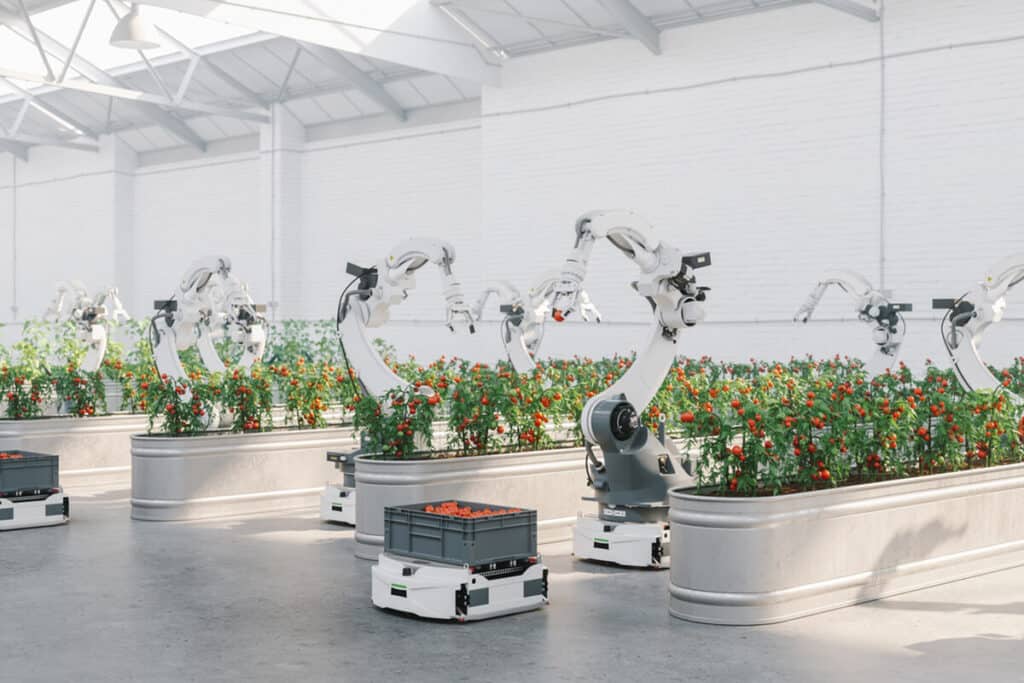
What is the definition of automated intelligence?
Automated intelligence, despite its popular usage, is not a specific term. It is often used to encompass a variety of technologies related to business processes, repetitive tasks, and process automation. However, a more accurate description would be to refer to automation rather than automated intelligence.
Automation involves setting up robots or machines to perform tasks based on pre-defined rules. These rules are established by humans, who instruct the robots on what actions to take in response to specific triggers or inputs. The purpose of automation is to free humans from highly repetitive tasks that are tedious and prone to errors.
One of the key advantages of automation is its ability to perform tasks faster and more accurately than humans. Unlike humans, robots do not get bored or make mistakes when performing repetitive tasks. They can also work continuously without the need for breaks or holidays, providing convenience to employers.
It is important to note that not all tasks are suitable for automation. Some tasks require complex decision-making or human interaction, which cannot be easily replicated by machines. Therefore, automation should be viewed as a tool to support and enhance human capabilities rather than replace them entirely.
Overall, automation plays a crucial role in improving operational efficiency and freeing up human resources for more critical and creative tasks. It is a valuable tool for businesses looking to streamline their processes and increase productivity.
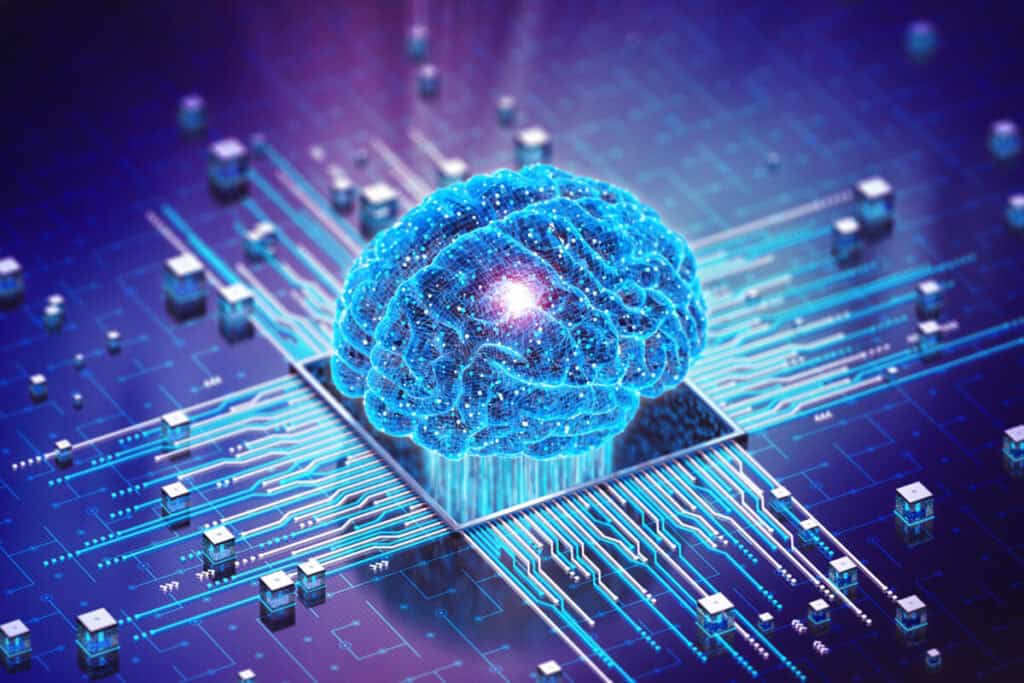
What is artificial intelligence (AI)?
Artificial intelligence (AI) is a broad field of technology that aims to replicate human intelligence in machines. AI enables machines to perform tasks that typically require human intelligence, such as understanding natural language, recognizing patterns, and making decisions based on data.
At its core, AI involves training machines to think and learn like humans. Machine learning, a subset of AI, plays a key role in this process. Machine learning algorithms allow machines to analyze large amounts of data, identify patterns, and make predictions or decisions based on the patterns observed.
AI encompasses various technologies, including natural language processing (NLP), which enables machines to understand and generate human language. NLP is used in applications such as virtual assistants, chatbots, and language translation services.
It is important to note that the AI we have today is considered narrow AI or weak AI. Narrow AI is designed to perform specific tasks within a limited set of constraints and contexts. It does not possess consciousness or genuine understanding like humans do. General AI, on the other hand, refers to AI systems that can understand, learn, and apply knowledge in a way indistinguishable from humans. However, true general AI does not yet exist.
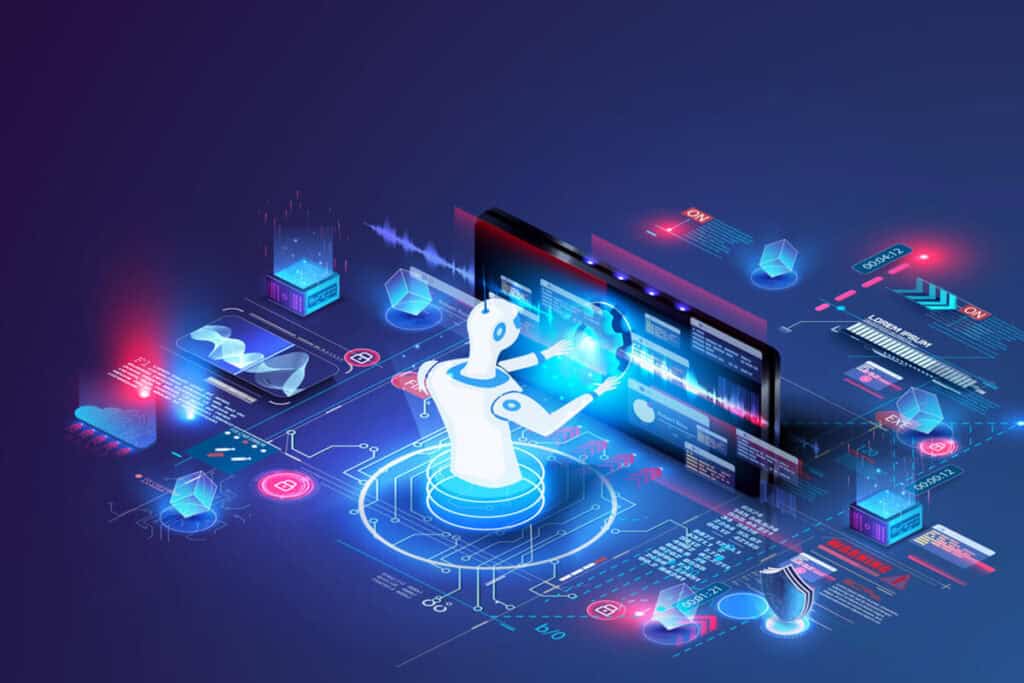
Automated Intelligence vs Artificial Intelligence
While automated intelligence and artificial intelligence are often used interchangeably, they have distinct characteristics and applications.
Automated intelligence, as mentioned earlier, refers more to automation than a specific technology. It focuses on performing repetitive tasks through pre-defined rules set by humans. Automated intelligence systems are designed to follow instructions and do not possess human-like thinking capabilities.
On the other hand, artificial intelligence (AI) involves the replication of human intelligence in machines. AI systems are capable of learning, reasoning, and making decisions based on data and patterns. They can adapt to new situations and improve their performance over time.
The key difference between automated intelligence and artificial intelligence lies in their capabilities. Automated intelligence is limited to performing repetitive tasks, while AI systems can handle a broader range of tasks that typically require human intelligence. AI systems can learn from experience, recognize patterns, and make and enable decisions based on data. This gives them the ability to adapt and improve their performance over time.
Another difference lies in the level of human interaction. Automated intelligence systems typically do not require extensive human interaction once they are set up, while AI systems may involve more complex interactions, such as understanding natural language or responding to dynamic inputs.
In summary, while both automated intelligence and artificial intelligence serve the purpose of enhancing productivity and efficiency in business operations, AI systems offer more advanced capabilities and the ability to adapt and learn from data.
Difference between Automated Intelligence vs Artificial Intelligence
While automated intelligence and artificial intelligence share similar purposes, they have distinct characteristics and methods of operation. The table below summarizes some key differences between these two concepts.
|
Automated Intelligence |
Artificial Intelligence |
|
Focuses on performing repetitive tasks through pre-defined rules |
Replicates human intelligence and performs tasks that require human-like thinking |
|
Limited to following instructions and predefined rules set by humans |
Capable of learning, reasoning, and making decisions based on data and patterns |
|
Does not possess human-like thinking capabilities |
Adapts to new situations and improves performance over time |
|
Minimal human interaction once set up |
May involve complex human interactions, such as understanding natural language |
|
Examples include Robotic Process Automation (RPA) |
Examples include virtual assistants, chatbots, and language translation services |
Automated intelligence, often implemented through Robotic Process Automation (RPA), focuses on automating repetitive tasks based on pre-defined rules. These tasks are typically highly structured and do not require complex decision-making. AI systems go beyond automation by replicating human intelligence in machines, capable of learning, reasoning, and making decisions based on data and patterns.
They can handle a broader range of tasks, including natural language processing (NLP), pattern recognition, and problem-solving. AI systems offer more advanced capabilities, adaptability, and the ability to handle complex tasks. AI systems often rely on automation as a foundational component to perform certain tasks efficiently, enhancing productivity and efficiency.
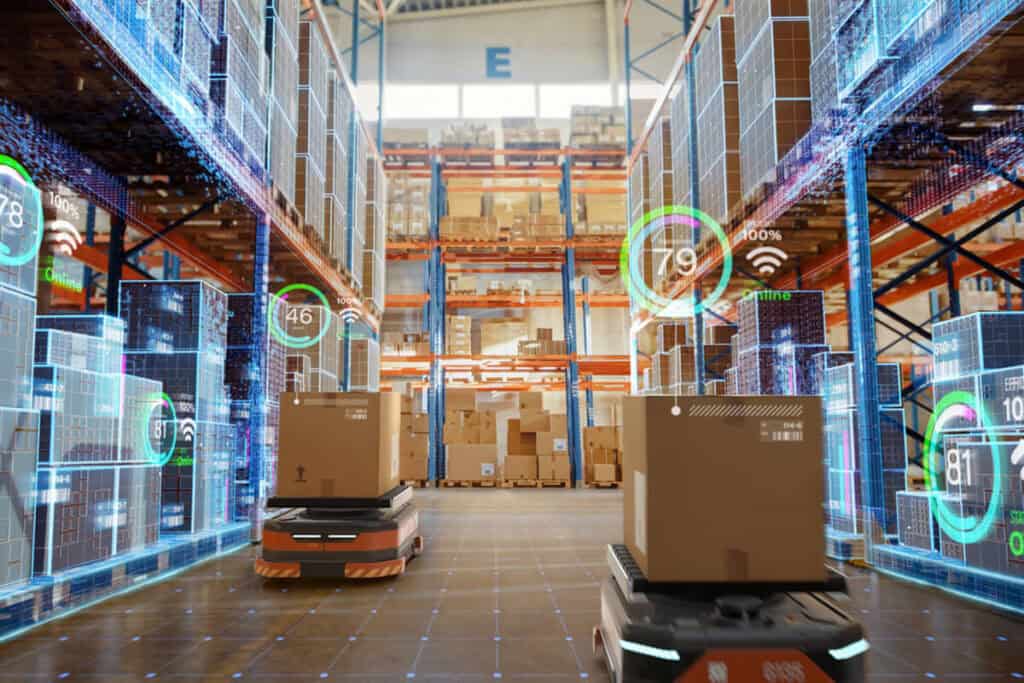
Intelligent Automation: The Next Frontier
Intelligent automation, the combination of automation and artificial intelligence (which, in a way, is very far from the classic rivalry “automated intelligence vs artificial intelligence”), represents the next frontier in business operations. It brings together the efficiency and reliability of automation with the cognitive capabilities of AI.
Intelligent automation systems can perform a wide range of tasks, from repetitive processes to complex decision-making, with minimal human intervention. They can adapt to new data and experiences, continuously improve their performance, and handle dynamic situations.
As technology advances and AI capabilities continue to grow, intelligent automation is set to become a crucial element in streamlining business operations and driving productivity and efficiency. It provides organizations with the opportunity to optimize processes, enhance customer experiences, and stay ahead in today’s competitive landscape.
What Makes Automation “Intelligent”?
Intelligent automation refers to the integration of traditional automation with artificial intelligence. The result is systems that can perform tasks with minimal human intervention while adapting to new data and experiences. Here are the key components that make automation “intelligent.”
- Data analysis: Intelligent automation systems leverage AI capabilities to analyze large amounts of data and extract meaningful insights.
- Machine learning: By using machine learning algorithms, intelligent automation systems can learn from data and improve their performance over time.
- Adaptability: Intelligent automation systems can adapt to new situations and adjust their actions based on new data and experiences.
- Cognitive capabilities: Intelligent automation systems possess cognitive abilities such as understanding natural language, recognizing patterns, and translating complex data into clear decisions and recommended actions.
These components enable intelligent automation to go beyond traditional automation, making it almost a subset of AI. By leveraging AI technologies, intelligent automation systems can handle a wider range of tasks and continuously learn. They can be powerful tools for improving productivity and efficiency in your business operations.
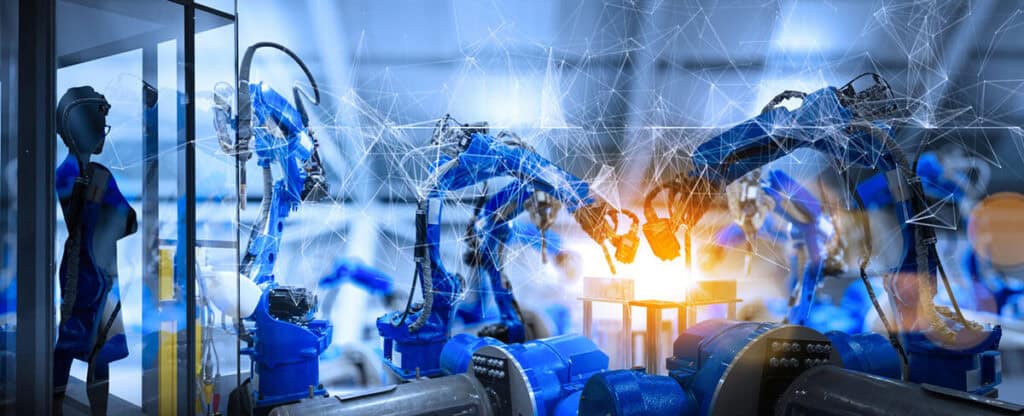
Key Components of Intelligent Automation Systems
Intelligent automation systems incorporate various technologies and components to perform tasks efficiently and intelligently. Here are the key components of intelligent automation systems:
- Modern foundations: Intelligent automation systems combine the best aspects of proven business process automation (BPA) solutions with increasingly mainstream AI-related technologies. Machine learning (ML), natural language processing (NLP), computer vision, and other emerging technologies enable intelligent automation solutions in a rapidly growing range of applications and markets.
- Multiple applications: Intelligent automation systems are designed to handle a broad range of specific tasks. They use advanced technology tools and platforms to automate tasks and enable better, faster decision-making. AI technologies power intelligent automation deployments that range from chatbots and virtual assistants to predictive analytics that improve sales and system support forecasts.
- Cognitive capabilities: Intelligent automation systems possess cognitive abilities that enable them to interpret and understand data, recognize patterns, and support well-informed decisions, forecasts, and recommendations.
- Integration: Intelligent automation systems can integrate with existing systems and technologies, allowing for seamless automation and collaboration between humans and machines.
These components enable intelligent automation systems to perform tasks with minimal human intervention, adapt to new situations, and make and support more intelligent, timely, and data-driven decisions. By leveraging these technologies and components, your business can optimize its operations and become more efficient, productive, and agile.

Steps to Successfully Integrate AI and Automation
Adopting AI and automation can bring numerous benefits to your business, including increased productivity, improved efficiency, and enhanced decision-making. Successfully integrating AI and automation into existing processes requires careful planning and execution. Here are the key steps to follow:
- Identify opportunities for success. You and your colleagues should identify and prioritize areas where AI and automation can have the most significant business benefit. Whether your focus is on streamlining business operations, improving customer experiences, optimizing resource allocation, or some other opportunity, make sure to make its anticipated business benefits clear to all.
- Define your deployment goals. Clearly define the goals and objectives for AI and automation deployment, ensuring alignment with the overall business strategy.
- Involve business leaders and stakeholders. Engage business leaders and stakeholders to gain their support, involvement, and commitment to the integration process.
- Assess your technology requirements. Identify the technology tools and platforms you need to succeed with your deployment. Focus on opportunities to integrate with existing systems and scalability.
- Develop a roadmap. Create a detailed roadmap that outlines the timeline, milestones, and resources required for the integration process.
- Pilot and iterate. Start with small-scale pilot projects to test the effectiveness of the integration. Gather feedback and use it to make necessary adjustments.
- Provide training and support. Provide training to employees on how to use the technologies you’re planning to deploy so they can become productive as quickly as possible. Work with your technology provider(s) and IT team(s) to provide continuing support and address any challenges or concerns.
- Communicate. Ensure that all stakeholders and decision-makers affected by your planned deployment are kept apprised of its progress. Notify them as soon as possible of any significant changes or delays, and when the deployment is ready for their use.
- Continuously monitor and optimize. Once they are successfully deployed, regularly monitor the performance of AI and automation systems, collect feedback, and make improvements to maximize their value.
These steps can ease and speed your integrated deployments of AI and intelligent automation. Those deployments will then help you and your colleagues to achieve and sustain operational efficiency and drive innovation successfully and consistently.
Conclusion
Intelligent, AI-enabled automation presents a promising frontier for businesses seeking greater efficiency and innovation. Understanding the components and opportunities for integration is key to successful adoption. As AI and intelligent automation continue to reshape the future of work and commerce, you must stay informed to identify and pursue opportunities to take advantage of these technologies. Doing so will position you and your business for sustained growth, competitiveness, and agility, now and in the future.

Frequently Asked Questions
How Does AI Differ from Traditional Automation?
AI differs from traditional automation in that AI goes beyond performing repetitive tasks. AI aims to replicate human intelligence, enabling machines to perform tasks that require human thinking, such as facial recognition and complex decision-making.
Can Automation Exist Without AI?
Yes, automation can exist without AI. Automation involves setting up machines or physical robots to perform tasks based on pre-defined rules. This can be achieved through technologies such as process mining and robotic process automation (RPA) without AI capabilities. However, truly intelligent automation is enabled by AI technologies.
What Are the Pros and Cons of Integrating AI with Automation?
Pros of integrating AI with automation include enhanced capabilities, improved decision-making, and increased productivity. Cons include potential job displacement and ethical considerations regarding privacy and the impact on human behavior. Clear and frequent communication with stakeholders and decision-makers before, during, and after every deployment can address many actual and perceived challenges associated with AI and intelligent automation.
How Will AI and Intelligent Automation Shape the Future of Business?
AI and intelligent automation will increasingly perform mundane, repetitive tasks. This will free humans to take on more challenging, higher-value tasks in many cases. AI and intelligent automation will also help to improve cybersecurity, sales forecasting, equipment maintenance scheduling, and other business functions by collecting, analyzing, and transforming complex data into actionable information. Careful planning, consistent collaboration, and clear, credible communication can help your business leverage these technologies and minimize disruption and negative perceptions.

